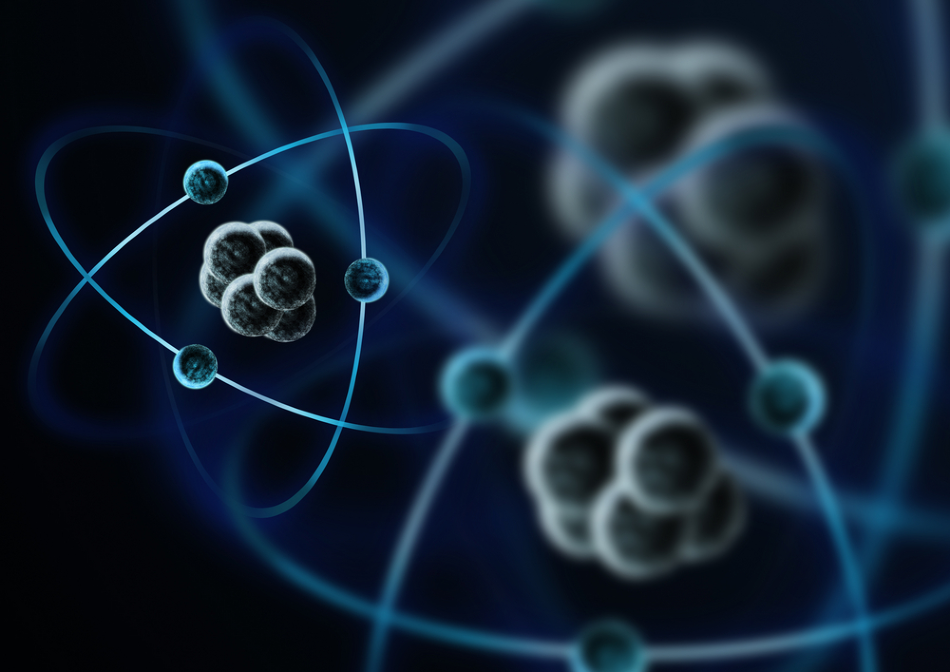
Image Credit: solarseven/Shutterstock.com
A comprehensive quantum theory for the phenomenon of quantum friction was put forward in 2014 by Mário Silveirinha. Professor of Electrical Engineering at the Instituto Superior Técnico, University of Lisbon, Portugal, Silveirinha based his approach on a theory of macroscopic quantum electrodynamics for unstable systems.
Calculations made by Silveirinha and his team in the paper that was published in the New Journal of Physics determined the quantum expectation of the friction force at zero temperature. The team also linked the friction effect to the system instabilities associated with the Cherenkov effect. Below, we discuss the quantum foundations of materials’ friction, as put forward by Silveirinha.
The Basics of Quantum Friction
The theory of quantum friction anticipates that a force of quantum origin inflicts on two uncharged polarizable bodies moving relative to each other, producing an effort that moves in the opposite direction to the relative motion.
Even when the surfaces of the materials are completely flat and smooth, which happens in a zero-temperature environment, quantum friction is predicted to occur. This is explained by the electric dipoles generated by quantum fluctuations in the surface of one of the materials initiating the induction of image electric dipoles on the surface of the other. When the surfaces are in relative parallel motion, these dipoles lag and a van der Waals type of attraction is caused.
For years, physicists had not agreed on a comprehensive theory of quantum friction, and the underlying mechanics had been subject to deliberation. Some experts held the belief that quantum friction could only be understood with quantum physics and that classical physics held no parallel.
However, Silveirinha noted that the effect of friction on sliding monoatomic surfaces was related to the electromagnetic instabilities of the moving matter, which can result in the generation of polarization. It was found that these electromagnetic instabilities were, in part, associated with the Cherenkov and Smith–Purcell effects, and therefore can be predicted by a model of classical physics.
In 2014, Silveirinha’s research determined the association between this classical effect and quantum friction that had remained elusive.
The Missing Link in Quantum Friction
Using the framework of macroscopic quantum electrodynamics, Silveirinha and his team established a theory for the quantization of the electromagnetic field in moving media systems with electromagnetic instabilities.
Their work determined the quantum friction force from first principles at zero temperature. They also ascertained that this force has a dynamic character, suggesting time has an influence over the friction force.
The team proved that the expectation of the friction force vanishes when the quantum fields in the two moving bodies express minimal oscillations. Following the passage of time, the researchers observed that the friction force intensifies exponentially under the parameters of a constant velocity of the moving bodies caused by the application of an external force.
Finally, a connection was forged between Silveirinha’s theory and the semi-classical theory of Pendry. The study’s findings established that Pendry's friction force complemented the dynamic friction force that was calculated at the time when the first excitation was generated.
The Significance of Silveirinha’s Theory
In 2014, a comprehensive theory for the phenomenon of quantum friction was established that based itself on the theory of macroscopic quantum electrodynamics for unstable systems. Researchers were able to prove the link between the Cherenkov and Smith–Purcell effects explained by classical electrodynamics and quantum friction, demonstrating that quantum friction can be predicted by classical physics.
However, Silveirinha’s work is not the end of the story for quantum friction. To date, physicists are still exploring the workings of friction at the scale of atoms and molecules. Work is underway to devise new techniques to minimize friction and develop innovative materials for applications in a range of industries.
References and Further Reading
https://iopscience.iop.org/article/10.1088/1367-2630/16/6/063011
https://www.sciencenews.org/article/scientists-seek-materials-defy-friction-atomic-level
Disclaimer: The views expressed here are those of the author expressed in their private capacity and do not necessarily represent the views of AZoM.com Limited T/A AZoNetwork the owner and operator of this website. This disclaimer forms part of the Terms and conditions of use of this website.